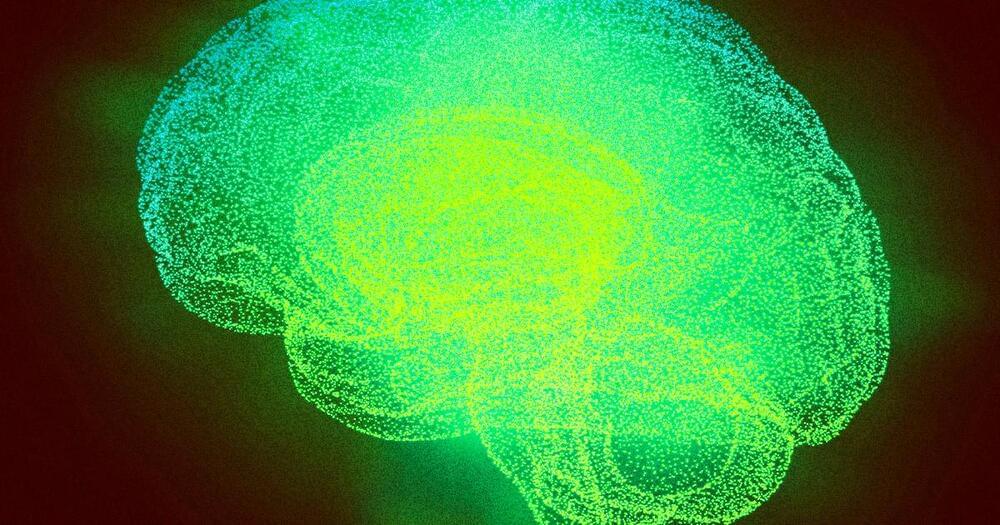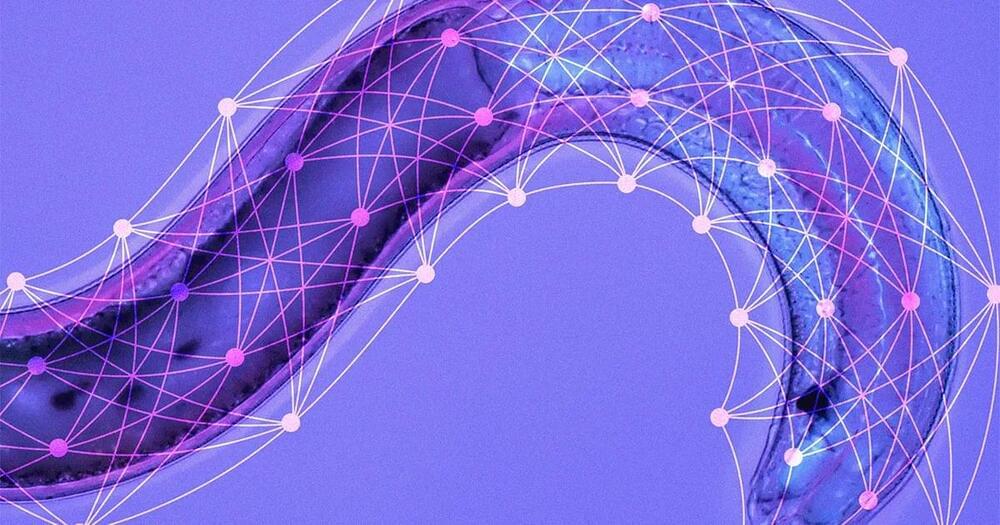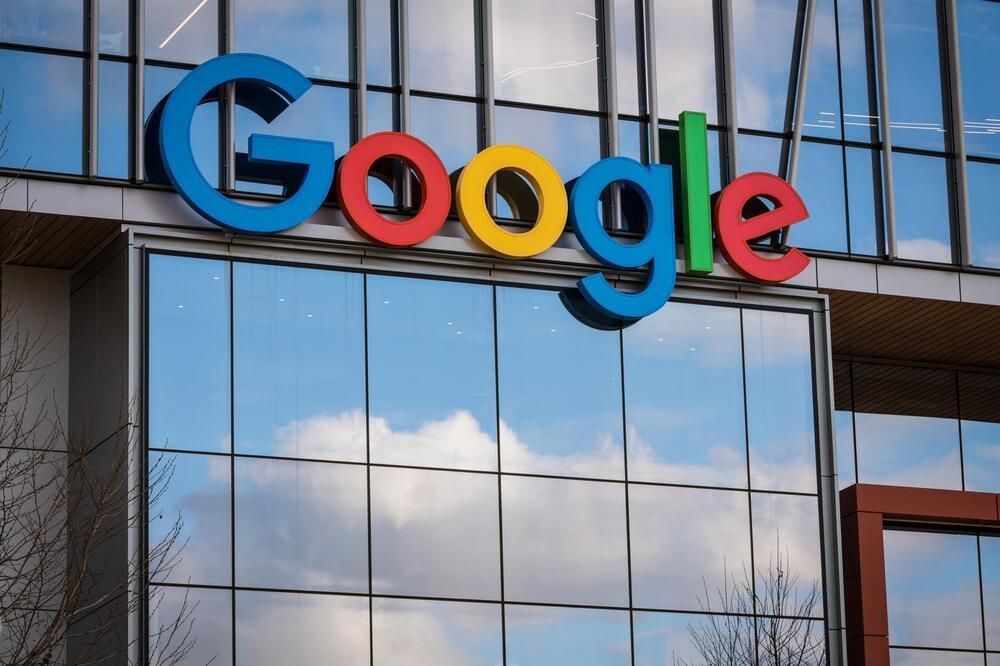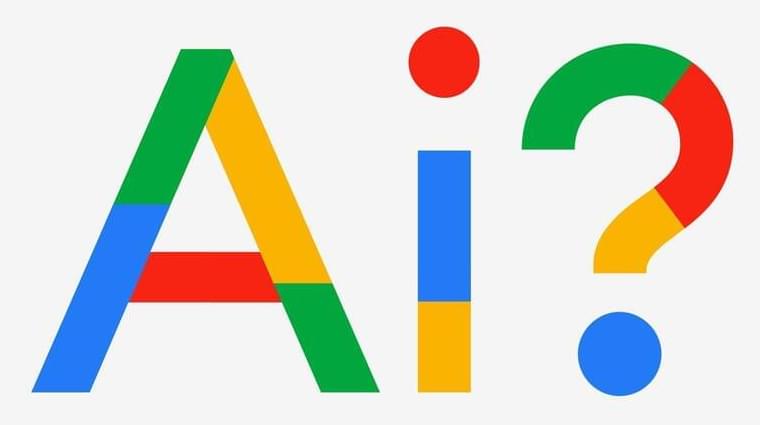The search giant shows a demo of Bard and AI generative search, rivaling OpenAI’s Chat GPT.
Never miss a deal again! See CNET’s browser extension 👉 https://bit.ly/39Ub3bv.
The search giant shows a demo of Bard and AI generative search, rivaling OpenAI’s Chat GPT.
Never miss a deal again! See CNET’s browser extension 👉 https://bit.ly/39Ub3bv.

John Carmack — Doom creator, father of virtual reality, and premier disgruntled Meta employee — believes humanity is on the cusp of Artificial General Intelligence (AGI).
“I think that, almost certainly, the tools that we’ve got from deep learning in this last decade,” the famed programmer told Dallas Innovates, “we’ll be able to ride those to artificial general intelligence.”
Thanks to Scopely for sponsoring this video — Download Star Trek Fleet Command on iOS & Android and battle in the Star Trek universe here: https://pixly.go2cloud.org/SH3fA
Spacedock delves into a powerful but lesser known sci-fi space weapon.
THE SOJOURN — AN ORIGINAL SCI-FI AUDIO DRAMA:
https://www.thesojournaudiodrama.com/
BECOME A CHANNEL MEMBER:
https://www.youtube.com/channel/UCfjaAUlTZRHJapJmCT6eyIg/join.
SUPPORT SPACEDOCK:
https://www.patreon.com/officialspacedock?ty=h.
MERCHANDISE:


“This is just the first step on the AI front…as [the] AI arms race takes place among Big Tech.”
Right on the heels of Google announcing Artificial Intelligence chatbot Bard, Microsoft has beefed up its search engine Bing with the latest AI sensation, OpenAI’s ChatGPT.
For almost two decades, Google’s search engine market has had a highly successful run, facing almost zero competition from rivals.
Microsoft.
“Search has remained the same since the last major inflection,” Microsoft corporate VP Yusuf Mehdi said at the event on Tuesday announcing the update, adding that “the user experience is the same as 20 years ago.”

Getty Images, a global stock photo giant, has filed a lawsuit against Stability AI, the business that created the well-known AI image generator Stable Diffusion.
The stock agency claims that over 12 million of its copyrighted images—along with their descriptions and metadata were used to train Stable Diffusion, seeking $1.8 trillion in compensation, according to the lawsuit made public on Monday.

Buckle up folks, the AI wars have arrived.
Hot on the heels of Microsoft announcing its $10bn investment into ChatGPT’s parent company OpenAI, Google has entered the fray with news of its own experimental AI. Bard, powered by the search engine stalwart’s LaMDA technology, has now launched to ‘trusted external testers’ and is expected to go live within weeks.
The move comes as the war to dominate the new technological frontier intensifies. The two Tig Tech giants are already rushing to beat one another to the top of the AI mountain, with no signs of slowing. Here’s what’s gone down this week.

With Bard, its newly launched “experimental conversational AI service,” Google is scrambling to ship AI products. But past scandals, botched launches and a talent drain have put it in a surprise position: playing catch-up in a field it helped create.
In 2016, a few months after becoming CEO of Google, Sundar Pichai made a sweeping proclamation: Google, whose name had become synonymous with search, would now be an “AI-first” company. Announced at Google’s massive I/O developer conference, it was his first major order of business after taking the company reins.
What AI-first meant, exactly, was murky, but the stakes were not.

Just when we are getting accustomed to artificial intelligence in our daily lives, get ready for a new disruptor: synthetic biology, or syn-bio, the design and engineering of biological systems to create and improve processes and products. It promises to become a manufacturing paradigm of the future.
Recent advances in molecular, cell, and systems biology have enabled scientists to shift their focus from research of syn-bio to design and engineering, creating some truly mind blowing applications. By using microorganisms, for example, companies can now manufacture an infinite number of things, cell by cell, from scratch. This offers new ways of producing almost everything that humans consume, from flavors and fabrics to foods and fuels.
By the end of the decade, syn-bio may be used extensively in manufacturing industries that account for more than a third of global output, according to BCG Henderson Institute, Boston Consulting Group’s strategy think tank. Various sources estimate that the syn-bio market today is about $10 billion and is expected to reach $30 billion in the next five years.

Amid other A.I.-focused announcements, Google today shared that its newer “multisearch” feature would now be available to global users on mobile devices, anywhere that Google Lens is already available. The search feature, which allows users to search using both text and images at the same time, was first introduced last April as a way to modernize Google search to take better advantage of the smartphone’s capabilities. A variation on this, “multisearch near me,” which targets searches to local businesses, will also become globally available over the next few months, as will multisearch for the web and a new Lens feature for Android users.
As Google previously explained, multisearch is powered by A.I. technology called Multitask Unified Model, or MUM, which can understand information across a variety of formats, including text, photos, and videos, and then draw insights and connections between topics, concepts, and ideas. Google put MUM to work within its Google Lens visual search features, where it would allow users to add text to a visual search query.
“We redefined what we mean to search by introducing Lens. We’ve since brought Lens directly to the search bar and we continue to bring new capabilities like shopping and step-by-step homework help,” Prabhakar Raghavan, Google’s SVP in charge Search, Assistant, Geo, Ads, Commerce and Payments products, said at a press event in Paris.